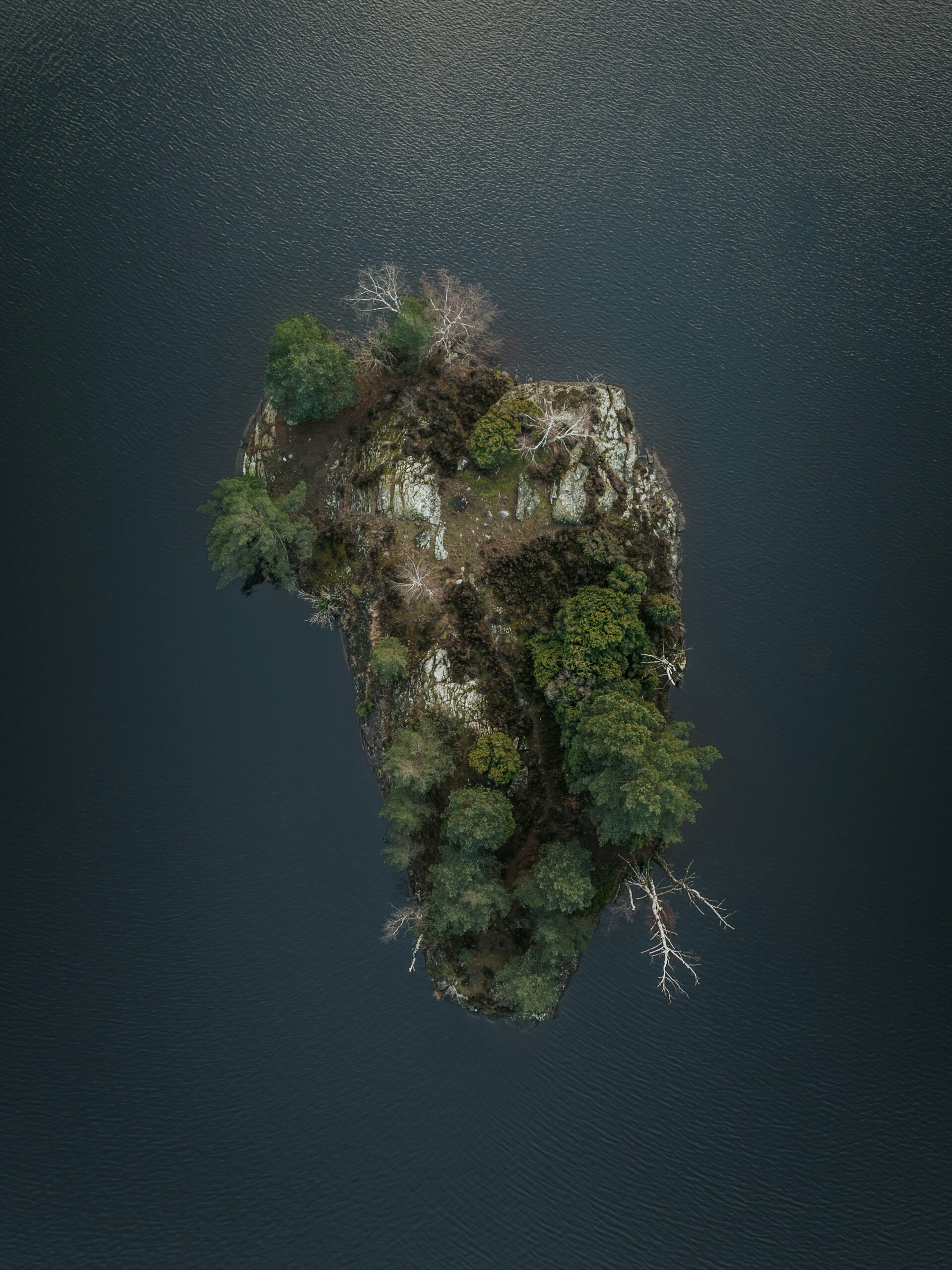Exploring undiscovered islands and beaches can be a thrilling adventure, offering serene landscapes and unspoiled beauty. However, venturing into these less-traveled destinations comes with its own set of challenges. To ensure a safe and enjoyable experience, it’s crucial to be aware of common pitfalls. Here are the top 7 mistakes you should avoid to make the most of your journey.
1. Ignoring Local Regulations and Customs
One of the biggest mistakes travelers make is not researching local regulations and customs. Each island or beach may have its own set of rules, especially concerning conservation efforts. According to the International Ecotourism Society, understanding and respecting local customs not only enhances your experience but also helps in preserving the environment.
2. Overlooking Safety Precautions
Undiscovered islands and beaches often lack the safety infrastructure found in more popular destinations. According to a study by the World Tourism Organization, nearly 30% of travel accidents occur in remote areas. Always carry a first-aid kit, and inform someone about your itinerary.
3. Neglecting Environmental Impact
Many travelers forget the importance of minimizing their environmental footprint. The Leave No Trace Center for Outdoor Ethics emphasizes the importance of packing out all trash and avoiding the use of single-use plastics. This helps preserve the pristine condition of these natural wonders.
4. Inadequate Preparation and Supplies
Remote locations often lack basic amenities. Make sure to pack sufficient water, food, and other essentials. A survey by Travel + Leisure revealed that 70% of travelers to remote destinations wish they had brought more supplies.
5. Disregarding Weather Conditions
Weather can be unpredictable in remote locations. Always check weather forecasts and be prepared for sudden changes. The National Weather Service advises travelers to have a backup plan in case of severe weather conditions.
6. Lack of Communication Tools
Mobile networks may be unreliable or nonexistent in undiscovered areas. Carrying a satellite phone or a GPS device can be a lifesaver. According to Global Rescue, having reliable communication tools is crucial for emergency situations.
7. Underestimating Physical Fitness Requirements
Exploring remote islands and beaches often involves hiking, swimming, and other physically demanding activities. Ensure you are in good physical condition to handle these challenges. A report by the American Heart Association suggests engaging in regular exercise before embarking on such trips to build stamina and strength.
| Item | Importance |
|---|---|
| First-Aid Kit | High |
| Water Supply | High |
| Food Supplies | High |
| Weather-Appropriate Clothing | High |
| Communication Tools | High |
| Navigation Tools | Medium |
| Environmental-Friendly Products | Medium |
| Fitness Preparation | Medium |
FAQ
How can I ensure my trip is environmentally friendly?
Always follow the Leave No Trace principles, use reusable products, and dispose of waste properly.
What should I do in case of an emergency?
Inform someone of your itinerary, carry a satellite phone, and have a first-aid kit ready.
How do I prepare for unexpected weather?
Check local weather forecasts and pack weather-appropriate clothing and gear.
Conclusion
Exploring undiscovered islands and beaches can be a rewarding experience if done responsibly. By avoiding these common mistakes, you can ensure both your safety and the preservation of these beautiful destinations. Always be prepared, respect local customs, and prioritize environmental conservation. Happy exploring!




Leave a Reply